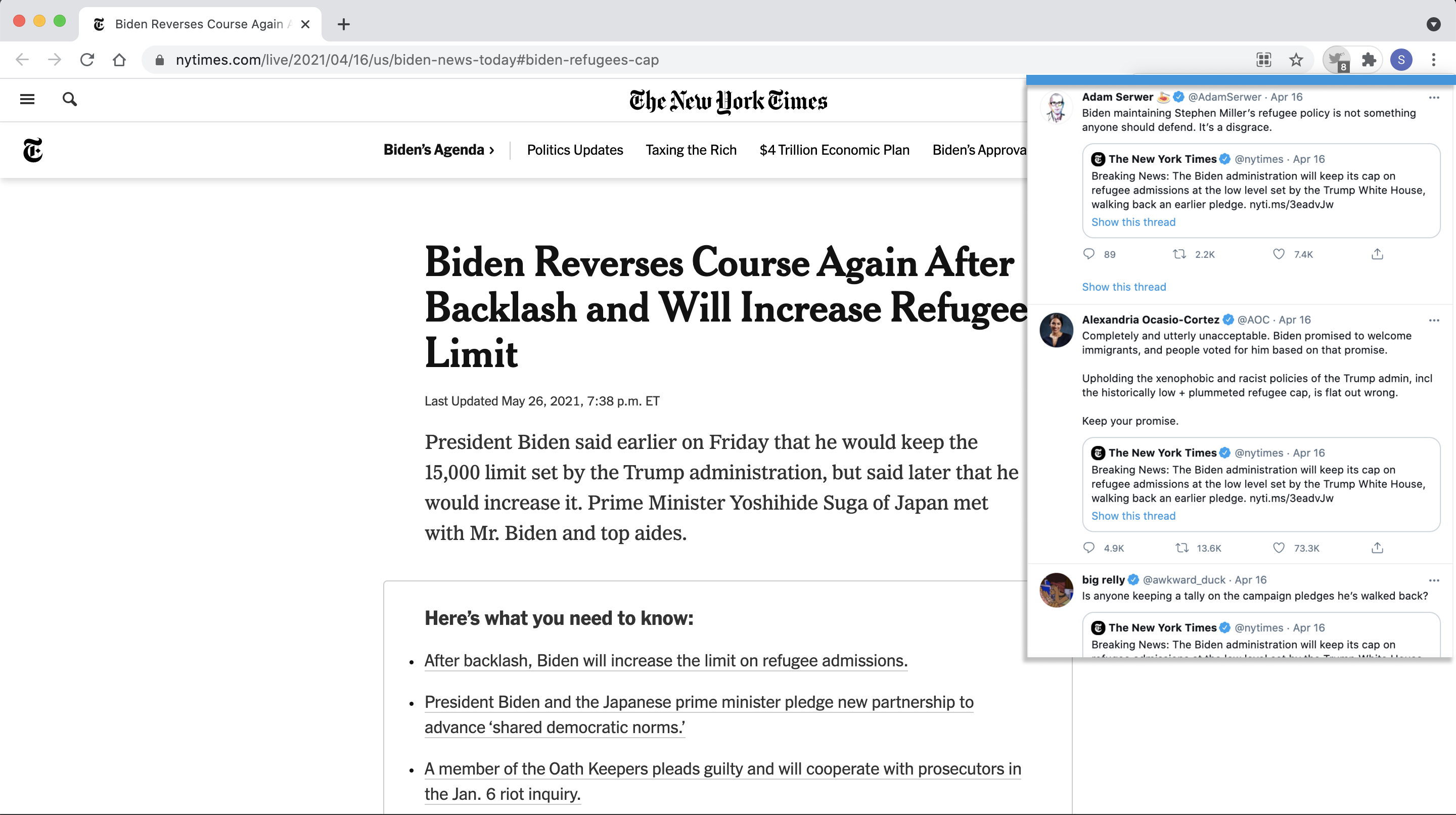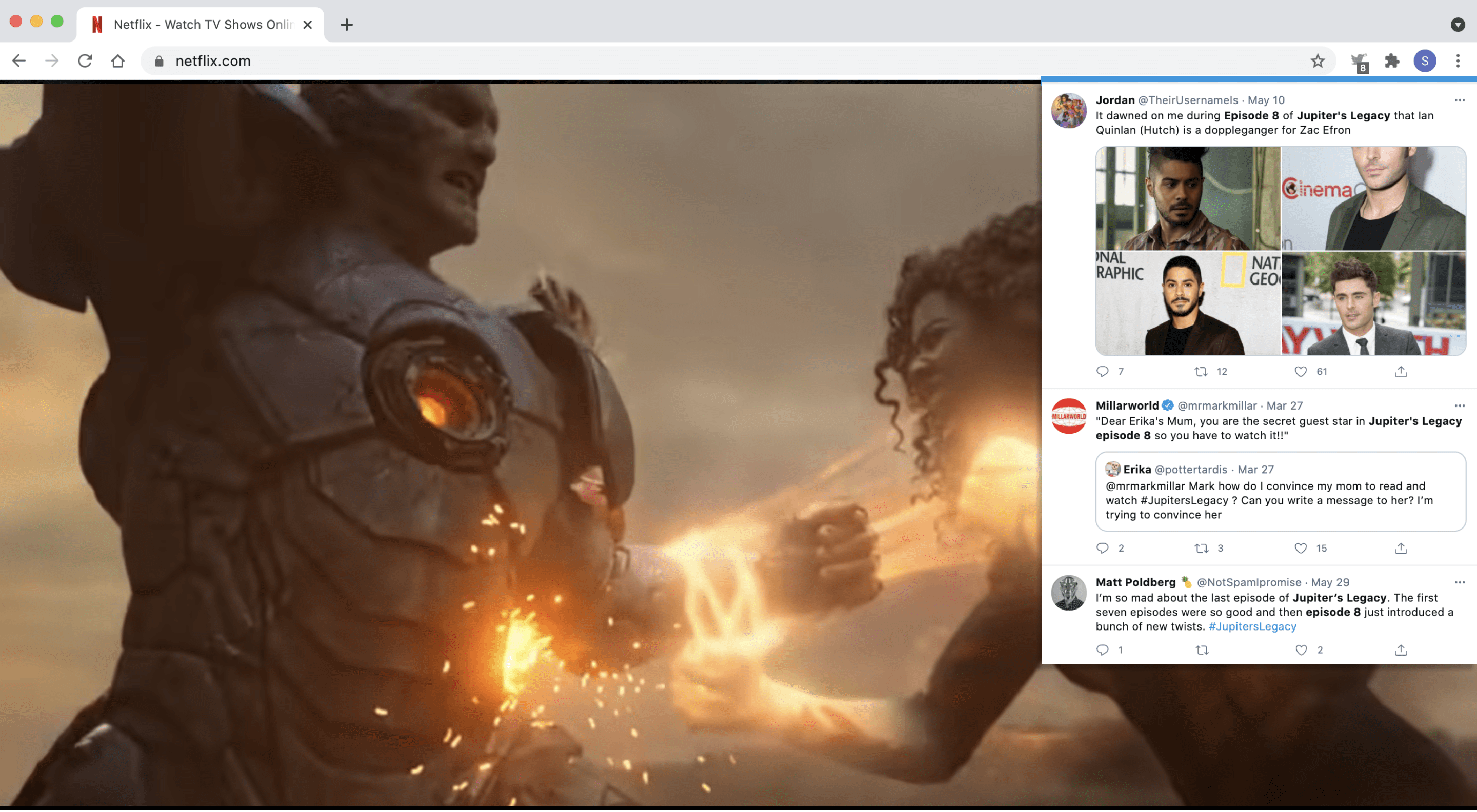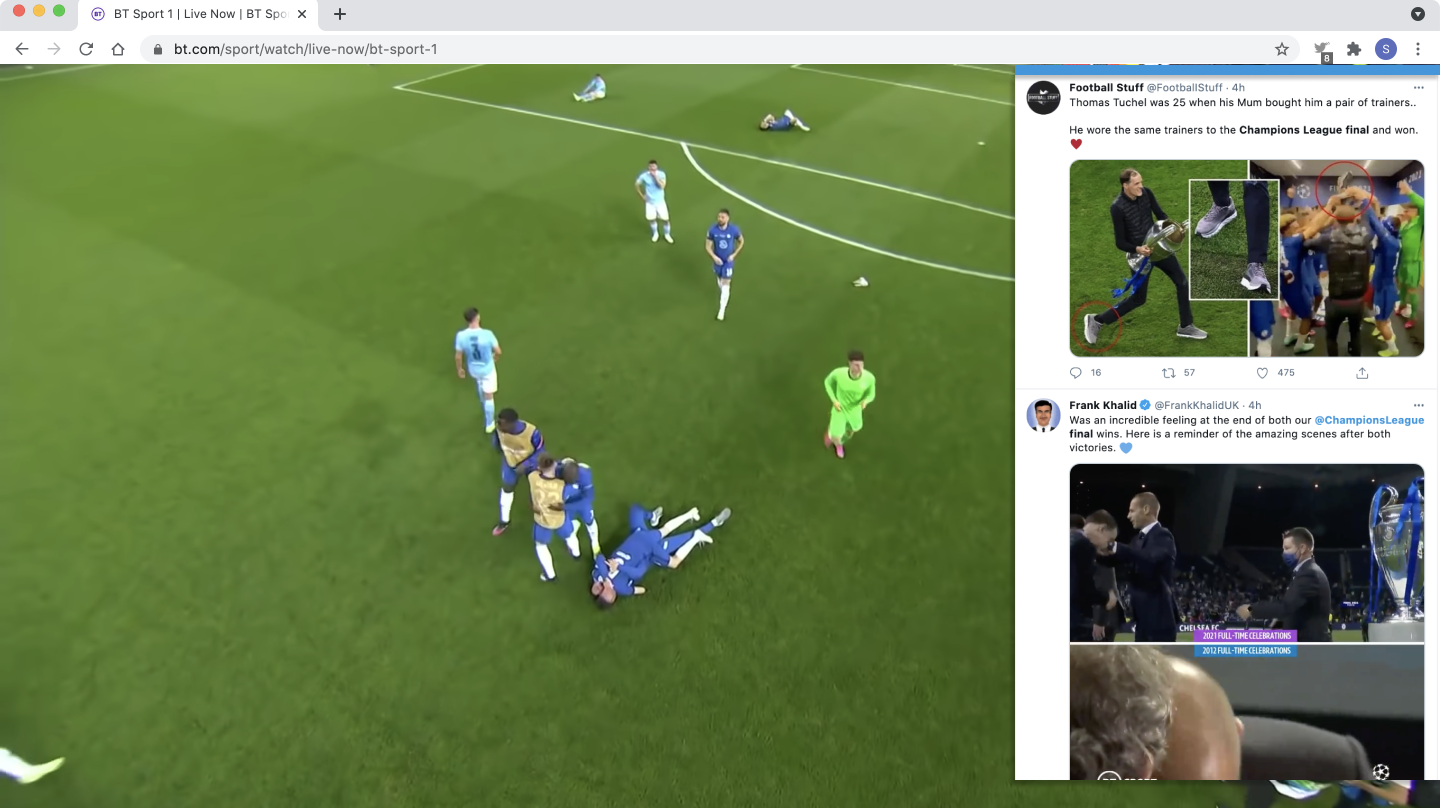Unleashing Twitter's hidden power - conversations for the world wide web
- 10 minsIt gives me great pride to say this - Twitter product development has been on fire lately.
Why does it give me a sense of pride? Two reasons - 1) I’ve derived so much value from the platform and want to see it grow, and 2) I work here.
This development velocity of new features coupled with the openness to product feedback has got a lot of existing Twitter users very excited.
The increase in product development velocity at Twitter over the past six months is pretty impressive.
— Tanay Jaipuria (@tanayj) February 25, 2021
- Spaces
- Super Follows
- Fleets
- Communities
- Newsletters
All just launched or coming soon.
Features such as Spaces, Super Follows, Newsletters, etc. are great for existing users. Users that know how and what to consume and produce. Users like me.
But what about the rest? Users that have heard of Twitter but don’t use it or ones that have accounts but don’t get value from it. A study1 shows that even though Twitter is known by 88% of Americans, just 23% of Americans ages 12 and older use Twitter. Thus, about one in four Americans who know about Twitter actually use Twitter.
In this article, I will address this, identify the jobs of these ignored users, and suggest a potential solution that is aligned with their needs.
The Problem
Why is it that so many users are aware of Twitter but don’t see the value in using it? Let’s define who these users in two buckets -
1) ‘Logged out Users’ - These users are viewing tweets in a logged-out state. They are aware of Twitter but don’t see the value in creating an account.
2) ‘Low Activity Logged-in Users’ - These users have Twitter accounts but find it hard to derive meaningful value.
Understanding the Users
Now that we have the buckets to focus on - let’s take a deeper look into each of those buckets:
Logged-out Users
There are two states through which logged out users engage with Twitter -
1) When they’re seeking info on a particular subject. For eg - a user watching their favorite show wants to know what other people have been saying about it.
2) When they have been referred to a Tweet / Twitter account. For eg - a user scrolling through Instagram stumbles upon a Tweet that went viral.
Low Activity Logged-in Users
This user typically opens Twitter, browses through the Timeline, and seldom finds content that is engaging for them to come back.
It can be stated with good confidence - their main intention is to consume content on Twitter. Their inactivity suggests the intention to produce to be fairly low.
Identifying the needs of these users
We can identify the needs of these users in 3 categories - functional, social, and emotional needs:
Functional Needs
- Easily access information without having to search to search for relevant conversations.
- Identify other accounts that have similar interests.
- Participate in the community that is more aligned with their interests.
Social Needs
- Connect with other users that have similar interests.
Emotional Needs
- Feel informed about their topic of interest.
- Feel validated from the community of their choice.
Hypothesis to address the problem and user needs
1) Logged out users are more likely to participate in a conversation (thereby create Twitter accounts) if they are presented with relevant and contextual conversations.
2) Low-activity users are more likely to engage with the platform by making it easier for them to find relevant conversations based on their interests.
3) Low-activity users and Logged-out users will be able to build deeper connections by helping them find relevant communities/topics based on their current interests.
Why Twitter is the perfect platform to address this
The power of Twitter lies in its ability for users to share and view ideas. In its ability to provide users with relevant opinions and help them stay informed about what’s happening. It has its own unique place on the internet.
To enhance the power of this leverage that Twitter holds, it needs to double down on it. Twitter can do this by removing the friction in helping users find what they’re most interested in and helping them connect with others.
Proposed Solution
Solution - An opt-in browser extension that can search and present relevant Twitter conversations by fetching the contextual metadata from each website.
Once installed, the extension will prompt the user to enable the ‘Twitter conversations on the go’ mode to find relevant conversations based on the page the user is browsing. This is performed by fetching the URL of the current page or the title/header and other metadata info.
Based on the success of the browser extension, development on the mobile version could be the next step. I’ll discuss the solution in the section later.
Let’s take a look at a few scenarios -
Scenario 1
As an example - let’s imagine this user circumstance.
Christine is interested in politics. She likes to be well-informed and up-to-date with the latest news in politics. She has the extension installed and enabled. Upon reading the NYTimes, she comes across a news headline that interests her. As soon as she opens the article, the extension presents her with a notification. “Relevant Twitter conversations on this article are detected”. She clicks on the extension and is able to see the top opinions on the article in Twitter.

This way - Christine can be on top of the news and latest opinions on political subjects that interests her the most.
Scenario 2
Sean is traveling for work and is alone when watching the season finale of a Netflix series. It was a thriller. He feels a sudden need to see if any of his friends have seen it too. As soon as he’s done watching - he enables the Twitter extension and sees all the conversations happening in his network on Twitter. This makes him feel more connected to his friends.

Scenario 3
James is a massive football fan. He watches the Champions League final with the Twitter extension enabled. Now, when he watches the game on his computer, he can get alerted right away with the conversations about the game. He can find relevant conversations with very little friction and this makes him feel more engaged with the sports community.

Twitter’s superpower is live events. No other platform is as good as Twitter when it comes to opinions/conversations on live events. Being able to reduce the friction for users to participate and view conversations around these big events will be crucial to take Twitter forward.
MVP and why the effort involved is minimal
Luckily for Twitter, this solution is pretty much baked into the platform. The screenshots above have conversation results from the advanced search capabilities of Twitter.
For example, in the first example, I performed the following search -
url:1383097700946694147 min_faves:100 filter:verified
The complexity arrives when the HTML metadata info is not good enough to be able to perform a search on Twitter. That’s when advanced DOM text extraction or ML implementation may be required to understand the page a bit better.
While the MVP can be the browser extension, the same backed can be used to add this feature to the mobile app. For eg - when reading an article on the phone, the user shares that article to Twitter and is presented with - “Find relevant conversations on Twitter” prompt. This then results in the same extension view on the Twitter mobile app.
Future Features
While the MVP can be just viewing all the conversations relevant to the web page, here are some features that could be implemented in future iterations -
- Live event mode or Sports mode - auto refresh of latest comments on the topic.
- Option to filter conversations ‘in my network’.
- Engagement filters (replies, retweets, etc.)
- Quick reply to tweets/conversations.
- Quick follow accounts
- Notifications for in-network vs out-network conversations.
How to measure if this solution addresses the customer problem
This solution is likely to increase engagement not only from new accounts but also from medium-high usage Twitter users.
Yet, in this case, we will focus on logged-out users and low-activity users.
Logged-out user
- Are they more likely to create a new account after installing the extension?
- Do they have higher engagement compared with users that don’t have the extension installed?
New accounts and low-activity users
- Are the engagement metrics of users with the extension installed higher than those without the extension. (Engagement metrics could be - Replies, likes, time spent, etc.)
And finally, we can take a look at the metrics from the extension -
- Number of downloads
- Number of times clicked
- Twitter engagement activity from the extension
- Likes, Replies, etc from the extension
- Number of accounts followed from extension
Because this is a net new behavior, it could take some time to see adoption at scale.
Risks
Below are some potential risks and solutions to mitigate those risks -
Data Tracking
The biggest risk is the development of the opinion that this is a way for Twitter to track your data across the web. To avoid this misconception - it is necessary that Twitter provides an opt-in experience. In future releases, Twitter can also build a feature that lets users turn off the extension after a set amount of time.
Publishers conflict
Publishers such as NYT may want to disable the extension since it could cannibalize engagement in their own discussion sections.
This extension is likely to generate a lot of traffic for publishers since Twitter has a large audience. This audience is more likely to provide an opinion on Twitter than separately on the publisher’s website. Other users in their network notice this and are likely to visit the publisher’s website.
Browser extension literacy
Finally, this initial feature requires users to install an extension. Browser extensions are in the category of medium to advanced usage. Users may not be aware of extensions or may find them troublesome to install.
This can be mitigated by making the extension super easy to install. Later, a solution could be integrated into the mobile apps’ share menu.
Follow me on Twitter for more updates from me.
Footnotes:
“The Infinite Dial 2021 - Edison Research.” Edison Research, 15 Mar. 2021, www.edisonresearch.com/the-infinite-dial-2021-2. ↩